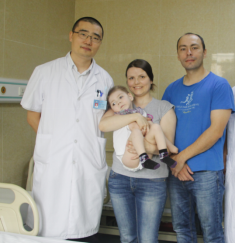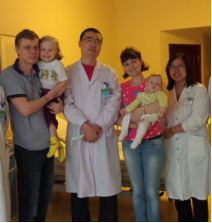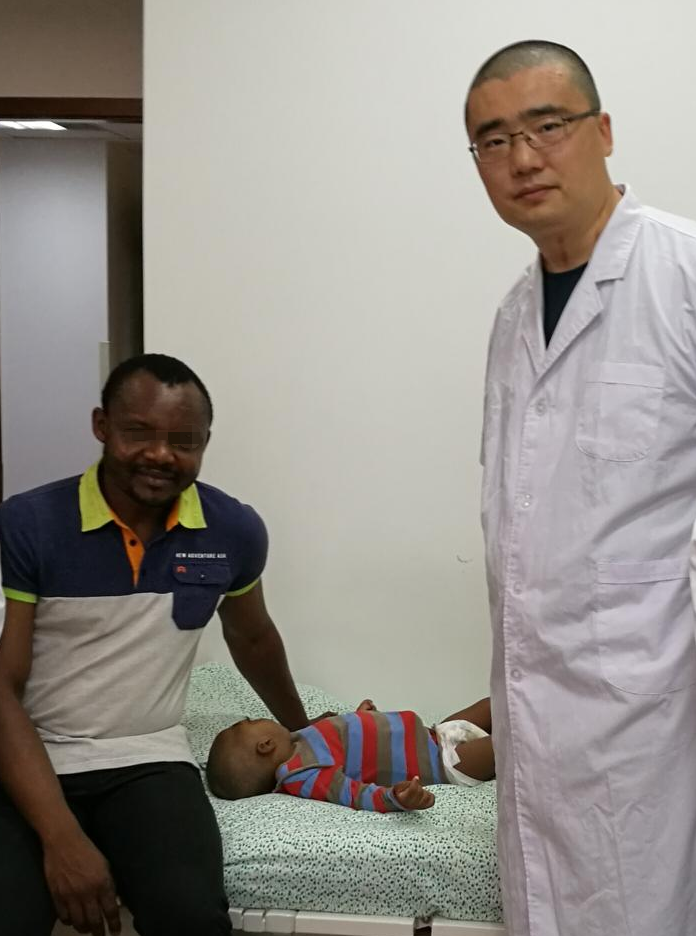
Jeremy, a resilient 2-year-old boy whose journey into this world was marred by a harrowing start. During his birth, the labor process dragged on far too long. The subsequent induced labor unfortunately plunged him into a state of hypoxia and asphyxia, leaving in its wake two formidable challenges: cerebral palsy and craniosynostosis.
Jeremy's physical capabilities was severely restricted. He struggles to hold his head upright, and the simple acts of sitting, standing, or walking independently remain out of his reach. His diet is limited to liquid food, as his condition makes consuming solid meals a difficult task.
Adding to his struggles, Jeremy has a history of epilepsy. Although medications are keeping this condition in check to some extent, he still experiences around 7 minor seizures daily. His medication regimen includes Diazopam, sodium valproate, phenobarbitone, and encephabol, each playing a crucial role in managing his epilepsy and minimizing the frequency and severity of his seizures. Despite the odds stacked against him, Jeremy's spirit remains unbroken, and every day is a new opportunity for progress and hope.
1. The patient experiences minor epileptic seizures with a frequency of 5 to 6 occurrences per day. These seizures, though not as severe as major ones, still disrupt the normal rhythm of daily life.
2. The muscle tone in all four limbs is alarmingly high. This hypertonia renders him incapable of basic motor functions such as holding his head upright steadily. The high muscle tone restricts his movement range and flexibility, confining him to a state of limited mobility.
3. The lack of restorative sleep further exacerbates his physical and mental fatigue, hindering his ability to function optimally during the day.
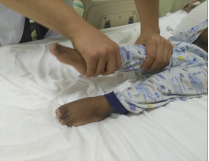
1. During the hospitalization period, a remarkable change has occurred: the seizures have been alleviated. This significant improvement not only brings physical relief to the patient but also eases the psychological burden. Fewer seizures mean a reduced risk of sudden disruptions to daily activities, allowing the patient to regain a sense of normalcy. Medical interventions and careful monitoring during this time have clearly played a crucial role in bringing this positive change about.
2. Another positive development is the notable enhancement in the patient's sleep quality at night. No longer plagued by frequent awakenings or restlessness, the patient can now enjoy more restful slumbers. A good night's sleep is essential for the body to recover and rejuvenate. This improvement in sleep can lead to increased energy levels during the day, better cognitive function, and an overall improvement in the patient's well-being, contributing to a more positive outlook on their recovery journey.
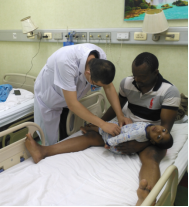
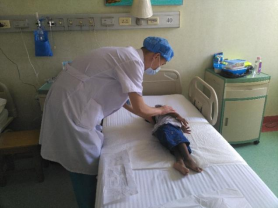
1. During the hospitalization period, a remarkable change has occurred: the seizures have been alleviated. This significant improvement not only brings physical relief to the patient but also eases the psychological burden. Fewer seizures mean a reduced risk of sudden disruptions to daily activities, allowing the patient to regain a sense of normalcy. Medical interventions and careful monitoring during this time have clearly played a crucial role in bringing this positive change about.
2. Another positive development is the notable enhancement in the patient's sleep quality at night. No longer plagued by frequent awakenings or restlessness, the patient can now enjoy more restful slumbers. A good night's sleep is essential for the body to recover and rejuvenate. This improvement in sleep can lead to increased energy levels during the day, better cognitive function, and an overall improvement in the patient's well-being, contributing to a more positive outlook on their recovery journey.
Progress Summary & Future Outlook
Jeremy's recent improvements during hospitalization offer a glimmer of hope for his future. With seizures relieved, there's potential for significant progress in his physical and cognitive development. Better sleep quality will also play a pivotal role, which is essential for his overall development.
For his epilepsy, continued medical management might further decrease seizure frequency or even eliminate them. With each small victory, Jeremy's confidence will grow, and he'll be better equipped to integrate into social activities. In the long run, with the right support, therapies, and medical care, Jeremy has the potential to lead a more fulfilling and independent life, gradually overcoming the challenges he currently faces.


